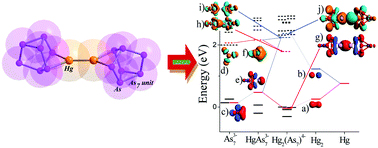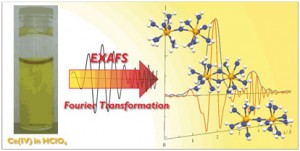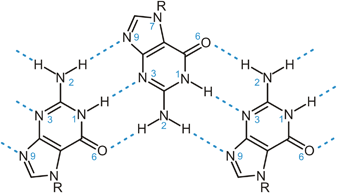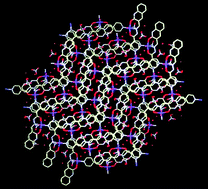Semiconductors are at the heart of nearly all things computerised, and with nearly all things computerised that makes semiconductors important. Semiconducting nanocrystals have become an interesting area of research because as colloidal inks they can potentially be used to easily print onto substrates to create photo-voltaic devices or a broad range of electronic devices.
This Hot Communication from the Brutchey group details the use of a ligand which exchanges with the capping ligand of semiconducting CdSe nanocrystals making them highly dispersible in a range of polar solvents (in DMF a stable colloid forms for > 2 weeks). Under mild conditions thermolysis transforms the surface bound ligands to thiocyanate in situ, producing nanocrystal films of CdSe(SCN). There are also indications of improved inter-particle coupling…
Nanocrystal ligand exchange with 1,2,3,4-thiatriazole-5-thiolate and its facile in situ conversion to thiocyanate
David H. Webber and Richard L. Brutchey
This Hot Article is part of our up-coming themed issue ‘New Talent Americas’, Guest Edited by Dan Mindiola and John Arnold, other articles due to be published in this special issue include:
Perceiving Molecular Themes in the Structures and Bonding of Intermetallic Phases: The Role of Hückel Theory in an Ab Initio Era
Timothy E. Stacey and Daniel Fredrickson
Splitting water with rust: hematite photoelectrochemistry
Thomas W. Hamann
A heterobimetallic metal–organic framework with tunable reactive metal sites: synthesis, characterization, and reactivity
Nathan C. Smythe, Derek P. Butler, Curtis E. Moore, William R. McGowan, Arnold L. Rheingold and Laurance G. Beauvais


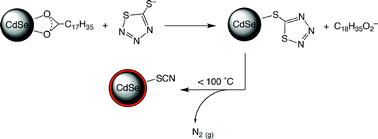









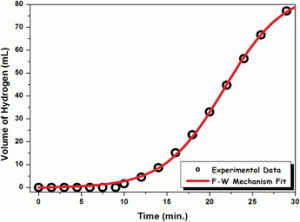
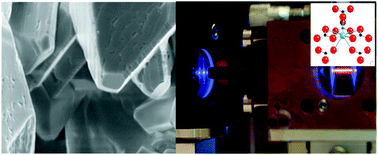
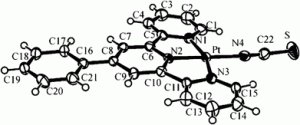
![solvent accessible voids in [Pt{4'-(Ph)trpy}(NCS)]SbF6 solvent accessible voids in [Pt{4'-(Ph)trpy}(NCS)]SbF6](https://blogs.rsc.org/dt/files/2012/03/Pt-terpyridine-complex-solvent-300x145.gif)
